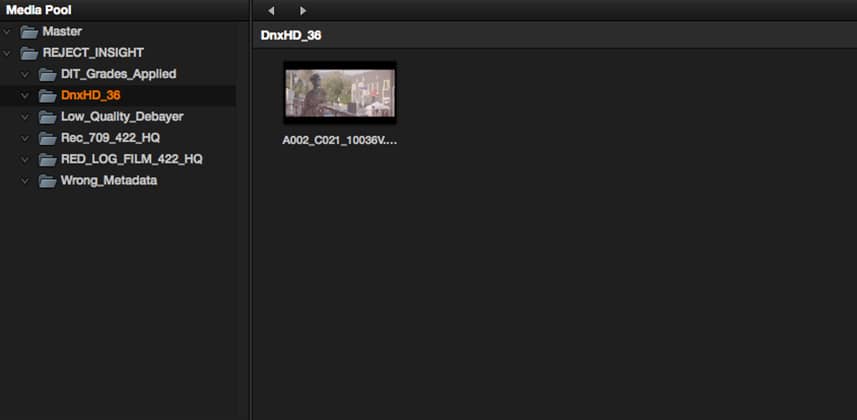The Quality Control (QC) Checklist:
Should I Reject This LOG- or RAW- Recorded Footage?
As colorists, people hire us to be the experts in getting the best results out of their images. When everything is shot on film this is a more straight forward process – the negative gets developed, you grade what you have.
These days–in the world of Log and Raw codecs (plus stupidly tight deadlines)—our job has become quite different.
We need to understand bit rates, color spaces, codecs, RAW controls—plus how those variables interact to affect the final quality of the image. And this is before the color grade even begins!
Sometimes, a job walks in the door and the footage was improperly prepared, resulting in a low-quality image (or seriously restricting our color grading options) forcing us to ask the question:
Should I Reject My Client’s Footage?
Let’s face it, professionals need to be deadline- and budget-aware. We can’t reject every project that walks into our suite, simply because they didn’t spend 5 hours relinking to the camera original footage. That’s their decision to make if the time is worth the hit on their budget?
And in our world of crazy deadlines and last-minute bookings, I usually find out camera formats, workflows or major details until just before a project starts. This limits my input on offering up my preference for the best results.
Sometimes we end up working on ProRes or DNxHD flattened movies (which is great as a speedy workflow since no conforming is required) but sometimes the process of making that ProRes or DNx ‘master’ is seriously compromised.
In those moments, when clients have access to higher quality camera originals but want me to work on a lower quality pre-processed image, I have a choice to make:
• Do I force the client to get me those camera originals and reconform?
• Or do I work with what I have while letting the client know we could do better?
Personally? I never refuse to work on the footage but if I feel like the piece will strongly benefit from going back to the source footage to fix a major error I will fight for my corner.
What’s Dan’s ‘Fix It or Grade It Checklist’?
Check out the video Insight below where I offer up my ‘Checklist’ of the most common problems I see coming from RAW or LOG camera shoots. Some of these problems are more serious than others. For some, I’ll stomp my feet loudly that we need to go back to the camera originals. For others, I’ll be a squeaky wheel but I won’t protest too loudly.
As a colorist, you need to know what these common problems are and keep your eyes out for all of them! Even if the client rejects our recommendation – we’ve protected our integrity and will sleep better at night.
– Dan
Member Content
Sorry... the rest of this content is for members only. You'll need to login or Join Now to continue (we hope you do!).
Need more information about our memberships? Click to learn more.
Membership optionsMember Login


